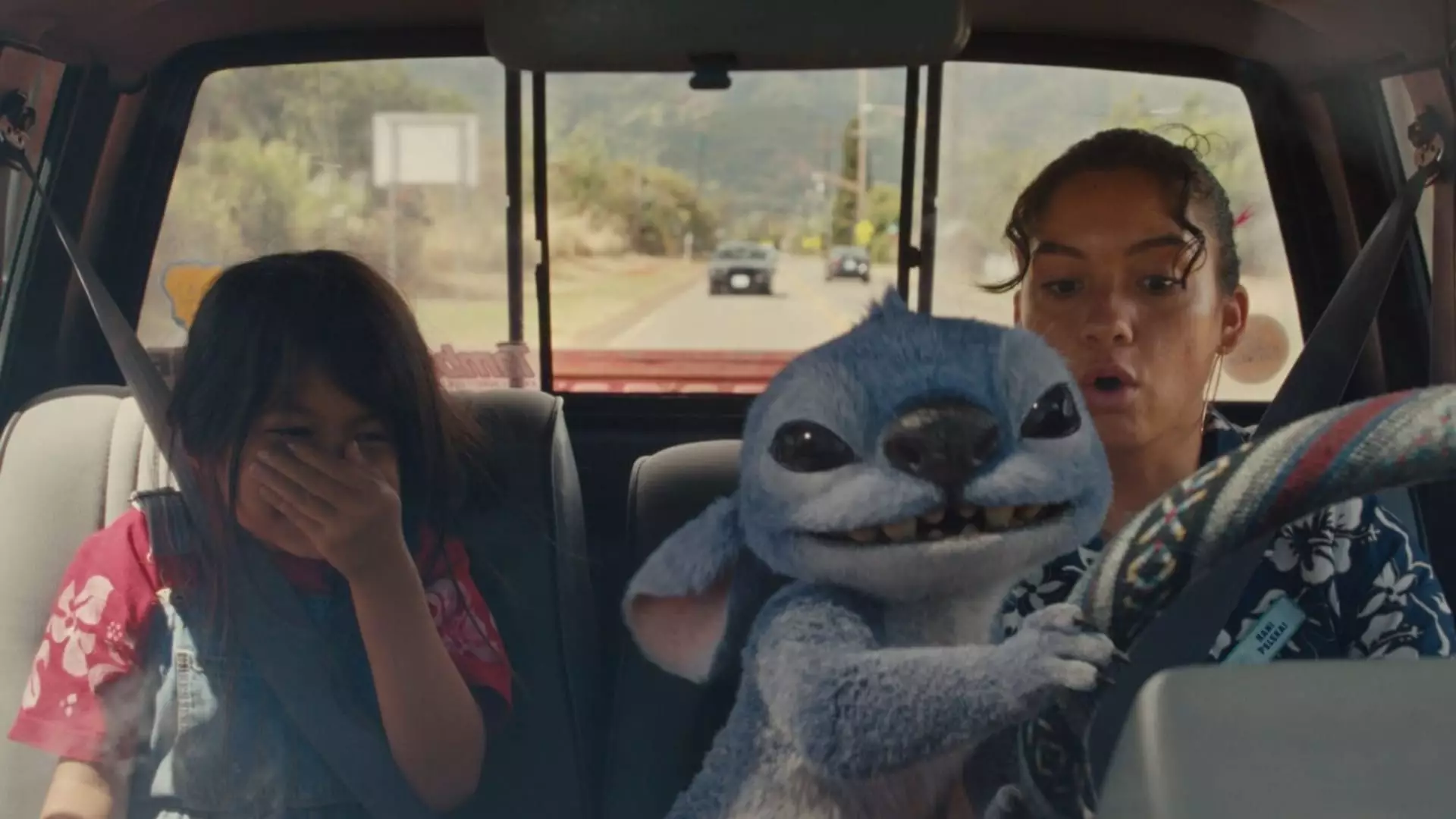This past Memorial Day Weekend saw a seismic shift in the landscape of American cinema. Movie theater stocks surged, and audiences flocked in droves to cinemas nationwide, demonstrating an unexpected vigor amid earlier pandemic-induced doubts. AMC’s stock soared over 20%, underscoring a renewed public faith in moviegoing—a faith that had seemed waning just a year ago when box office numbers floundered. Marcus Theatres’ parent company, Marcus Corporation, also celebrated an impressive 8% jump in shares, while Cinemark followed closely with a 2.5% increase. The question remains: was this resurgence a mere flash in the pan, or is it indicative of a broader, more sustainable movement towards embracing the collective cinematic experience again?
The answer can be found in the staggering estimates of approximately $326 million in box office revenue—a figure that doubles last year’s measly $132 million earnings during the same holiday. It’s clear that audiences are thirsty for blockbuster entertainment, as seen through the twin offerings of Disney’s live-action “Lilo & Stitch” and Paramount’s “Mission Impossible – The Final Reckoning.” This blend of eagerly awaited films not only satisfied the appetite of diverse audiences, but also stirred excitement in individuals who might have been on the fence about returning to theaters.
The Exciting Future of Film
Industry analysts are pondering what this victory might mean for the future of film. Shawn Robbins, director of analytics at Fandango, pointedly remarked that “everything came together at the right time.” The mix of favorably reviewed films and strong ticket sales indicates that studios are not just feeding audiences mediocre content; they are delivering compelling narratives that resonate deeply with viewers. The stakes are high, with promises of cinematic masterpieces and potential blockbusters projected to draw in over $4 billion for the summer.
Adam Aron, the CEO of AMC, expressed an almost euphoric realization that “the industry has turned a corner.” Such statements speak to what could be seen as a renaissance in theaters—a rebirth that goes beyond just ticket sales and taps into something primal within us: the joy of shared experiences in a grand setting. There’s an undeniable thrill in watching a film on the big screen, surrounded by fellow movie lovers, which streaming services seem unable to replicate. This resurgence isn’t just an economic phenomenon; it’s a cultural commentary on our collective craving for community, especially in the aftermath of isolation brought about by the pandemic.
Curating Diverse Stories
The performance of blockbuster films underscores an essential truth about the future of cinema: diversity in storytelling must reign supreme. With “Lilo & Stitch” dominating the box office by collecting an astonishing $183 million, and titles like “Mission Impossible – The Final Reckoning” and “Final Destination Bloodlines” raking in millions, it’s evident that audiences are eager for both fresh narratives and established franchises. Cinema should cater to a wide array of demographics and interests, ensuring that there’s something for everyone—especially when it’s clear that engaging stories have the power to draw a crowd.
Paul Dergarabedian, senior media analyst at Comscore, emphasized that this is the “first time this year” audiences have had a diverse assortment of films to choose from. This echoes the urgency for studios to adhere to dynamic storytelling reflective of our multifaceted society. The solid earnings from films that were once considered mere entertainment indicate a shift in consumer expectations; viewers want more than just entertainment; they want films that provoke thought, ignite conversations, and resonate emotionally.
The Collective Experience of Moviegoing
While the financial gains are impressive, the most significant takeaway from this Memorial Day weekend is the revitalization of cinematic experiences. The daunting specter of theater closures and dwindling ticket sales that loomed over the film industry is now fading, replaced with renewed enthusiasm. Indications suggest that many Americans are ready to embrace the theater once again, celebrating sublime visual storytelling within a community.
Perhaps this is why the experience of watching films in theatres—the laughter, tears, and gasps shared with strangers—holds such a profound psychological impact. It highlights cinema as a place of collective exploration, a sanctuary where we can connect over stories that reflect our realities, dreams, and even fears. While we navigate an ever-evolving entertainment landscape, one undeniable fact persists: the movie theater remains a powerful cultural institution, thriving on the sense of community that watching a film evokes. This resurgence may not be a fleeting moment but rather the start of a new chapter, one that should excite both studios and audiences alike.


Leave a Reply